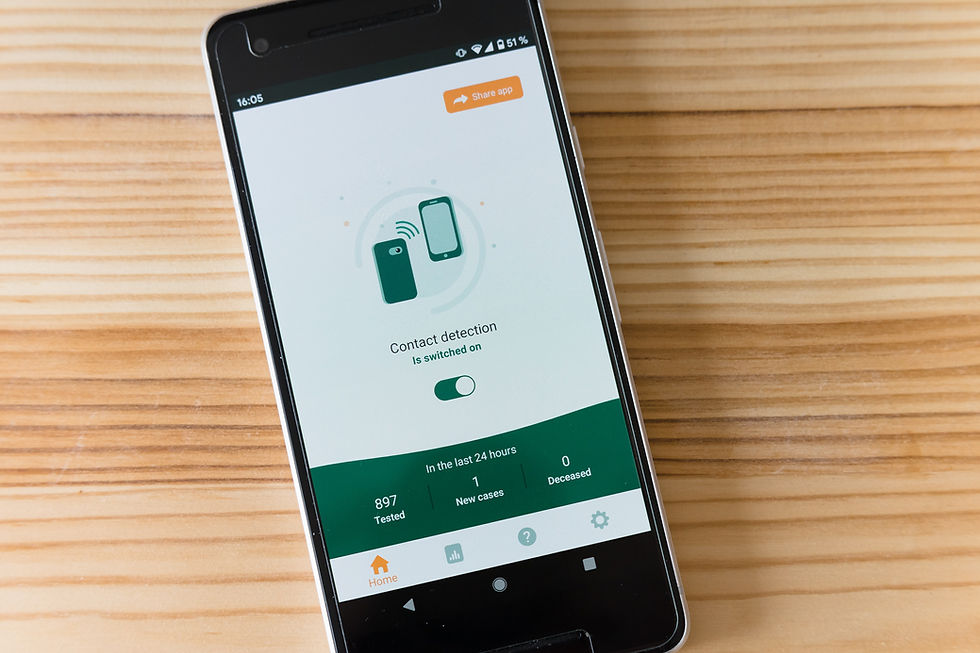What is Big Data?
- Isabella Scafidi
- Feb 2
- 3 min read
Hello and welcome back to my blog where I’ll be going over all things marketing and strategic communication throughout this semester! In today’s post, I will be focusing on big data: what it is, how it’s used, and where it can be found. As part of our assignment this week we had to read the third chapter of our textbook, Loyalty 3.0 written by Rajat Paharia, entitled “The Next Big Thing is Big Data”, which I will be pulling information from periodically throughout this post. Now that we’ve got that out of the way, let’s get into it!
Defining Big Data
Big data, the second part of the Loyalty 3.0 equation, sounds wildly complex and overstimulating, and in some ways, it can be. But to put it plainly, big data is just a large amount of information that is quickly and passively gathered from digital interactions. Steering away from traditional data (physical records, addresses, email addresses, etc.), big data comes from “an increasingly wide variety of sources; is assembled in a variety of forms, some structured and processed and some unstructured and unprocessed; and is present in heretofore unimagined quantities” (Paharia, 2013, pg. 40). This comes in the form of clickstreams, IP addresses, GPS locations, cell phone data, online shopping patterns, user-generated content, and social networks.
Big Data Methods and Customer Loyalty
For businesses, specifically when it comes to business marketing, big data is utilized strategically to help drive revenue rates and connect with current/ potential consumers. Micro-segmentation, targeted advertising/ cross-selling, in-store behavior analysis, real-time pricing optimization, social media monitoring, and recommendation engines are just a few ways in which companies reach this end goal. Recommendation engines are some of the most recognizable and common ways big data is used, with this method “relying on big data analytics and machine learning algorithms to find patterns in user behavior data and recommend relevant items based on these platforms”(IBM, 2024, para.1). This method utilizes customer data to direct users to products of interest similar to their previous purchases, encouraging repeat purchases. Thus, ultimately aiding in forming customer loyalty and increasing company sales rates and site traffic.
I see this method used mainly while I’m shopping online, especially on Amazon’s website. While I’m not an avid online shopper, Amazon is my go-to store when I need something delivered quickly when I have limited time to go out and shop in person, or when I need something that local stores do not supply. This past month when looking for Christmas gifts for family and friends, I would utilize the search engine to find specific items they had asked for, and would then receive gift recommendations and items to add to my cart that Amazon thought my family would enjoy. This method made my experience feel more personalized and saved me time and energy digging through sections of the website to find similar items to purchase. Because of this, my shopping experience was convenient, easy, and simple, and keeps me coming back in the future.
Keep your eyes out for next week's blog post, where I’ll be covering the final factor in the Loyalty 3.0 equation, gamification, in more depth!
Citations
IBM. (2024, June 19). What Is a Recommendation Engine? | IBM. Www.ibm.com. https://www.ibm.com/think/topics/recommendation-engine
Rajat Paharia. (2013). Loyalty 3.0 : how big data and gamification are revolutionizing customer and employee engagement. Mcgraw-Hill Education.





Comments